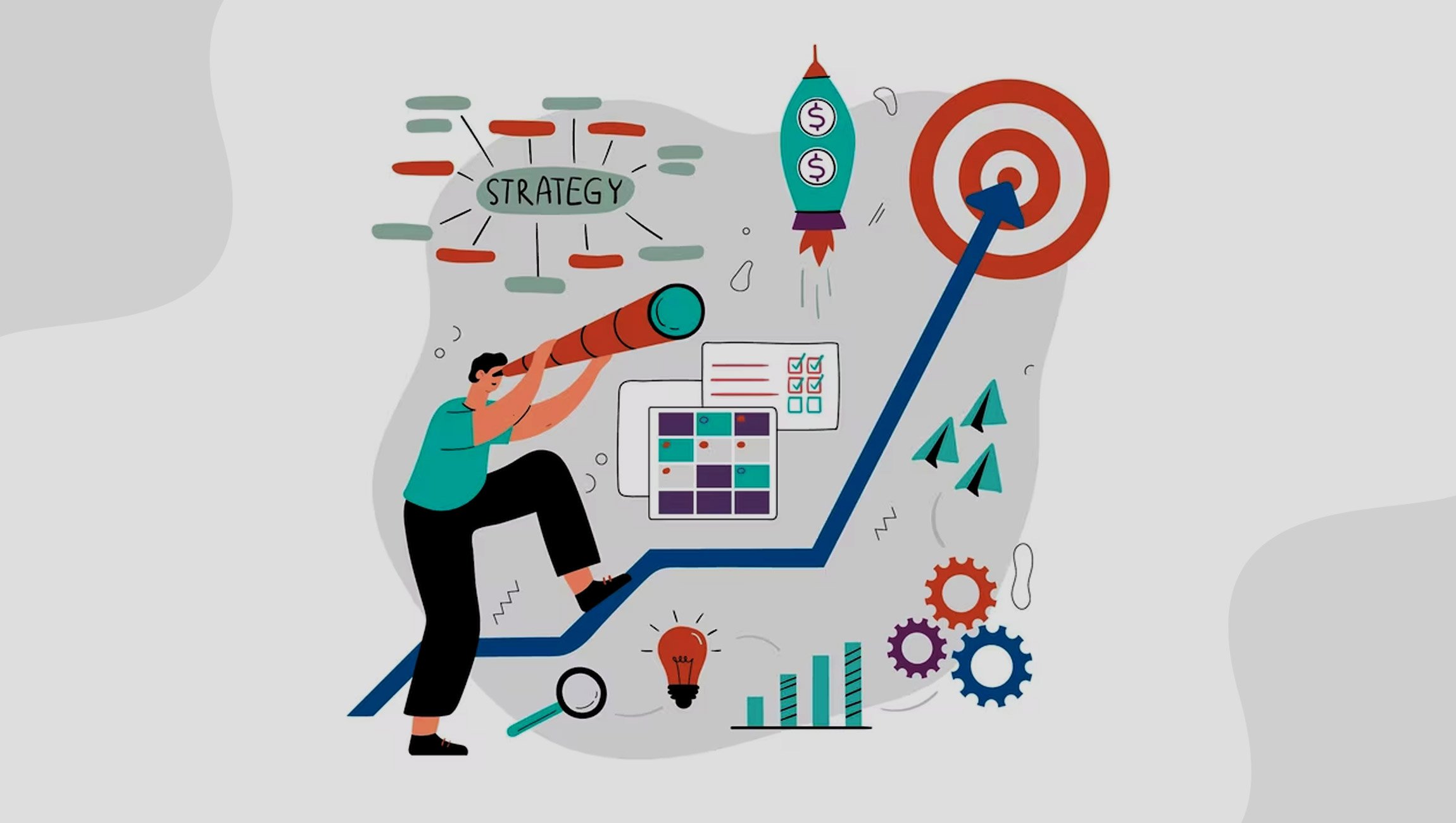Digital advertisers are having a hard time these days. Over the past decade, they have handled everything from dramatic shifts in buying patterns to increased corporate pressure to drive revenue through digital channels.
That said, the challenges and changes are not slowing down. As digital marketing becomes an integral part of the overall marketing and advertising strategy, advertisers must know how to navigate through the choppy waters.
Let us now talk about the biggest challenges that digital advertisers face.
1. Hitting higher targets
Many brands missed their targets in the previous year, and now they are demanding more from their digital teams. According to a report, 84% of marketers who did not meet their goals in the previous year are being asked to hit even higher targets this year.
While there is an economic downturn, most marketers are worried that the economy will bottleneck their success. However, advertisers can improve their performance by finding a middle ground through the economic downturn.
2. Beating cut-throat competition with creative strategies
Every company is fighting for a major market share in 2023, and digital advertisers seem to be at the forefront of the battle. 59% of marketers say that the competition is fiercer than it was in 2022.
So, there is a need to create bold strategies to beat this competition. 61% of marketers say that their companies are taking bolder risks to grow.
3. Knowing more about their audiences
With the demise of cookies from the web, marketers are struggling with data. Despite the importance of real-time data and analytics, only 34% of digital marketers are harnessing its power and potential.
While marketers already know this problem, 46% of marketers say they have access to the insights from the data, but 43% believe that they are not able to cope up with the evolving demands of the consumers.
Digital marketers and advertisers must use data in all forms in 2023 and beyond. It is time to adapt to new tools and resources to gain better insights from the data.
Marketing Technology News: MarTech Interview with Alan Capel, Chief Commercial Officer (CCO) at SmartFrame Technologies
4. Less invasive advertising
Many ads invade the privacy and personal space of users. While experts have mixed reactions to invasive ad tactics, the future definitely demands less of it. While such invasive ads imprint the brand identity in the minds of users, they come with negative effects.
The truth is that we all hate such intrusive ads, and many times, we start feeling repulsed by them.
Therefore, a good advertising strategy for 2023 and beyond should be to advertise in a less invasive way. It is time to look for more user-friendly alternatives.
5. Importance of personalized service
Over the past few years, users have appreciated brands that send personalized ads to them. Modern users are fatigued with general ads and commercials that seem to be targeting everyone. Thus, users demand something specific and more personal.
Therefore, digital marketing puts a lot of emphasis on customer segmentation and personalized ad campaigns. And the trend is not going to slow down anytime soon. Users will keep on demanding services and campaigns that are tailored to their personal needs.
6. Keeping up with the latest trends by adopting a data-driven approach
While it is true that marketers and advertisers must remain proactive in the fast-paced digital world, this requires continuous monitoring of the industry landscape along with emerging technologies and shifts in consumer behavior.
Today, the need is to follow an approach that is data-driven. A data-driven advertising strategy helps to make informed decisions and optimize output.
As per McKinsey Global Institute, advertisers must take advantage of customer analytics to generate immense value for businesses.
7. Addressing climate change
Today, the focus of the general public has shifted to climate change and building sustainable practices. It has been observed that the rise of programmatic advertising and the requirement of multiple touchpoints demand more power consumption. So, the step to be taken here is to measure the incremental and cumulative carbon footprints associated with each digital process.
Yes, it will take some time, but with time, the effort will start paying off. The brands working in this area will soon see a boost of loyal customers to their marketing funnel.
Marketing Technology News: Bridging the Gap Between Technology and Talent: Strategies for Elevating the Customer Experience
Summing Up
While it is possible to deal with these challenges, advertisers must remain vigilant to all the changes happening in the advertising landscape. Start with generating deep insights about the market and the consumers and try to bake those insights into the next advertising strategies, plans, and campaigns.
Your marketing and advertising department must strive to adapt to the changes and trends of the industry.











